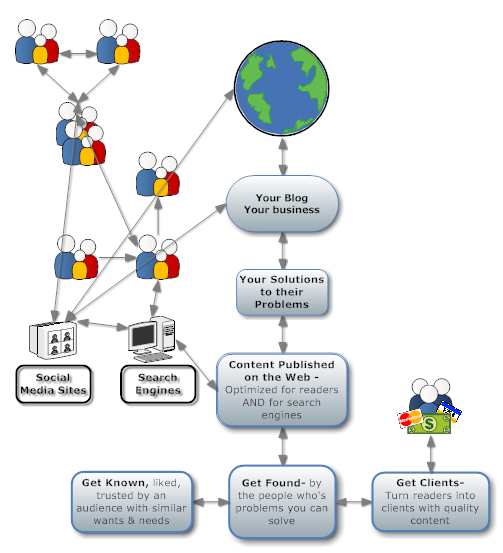 What are the key elements to a custom blog header that work well for online content marketing?
What are the key elements to a custom blog header that work well for online content marketing?
Your header contributes to your blog branding, and also helps readers decide if they want to stay and read or subscribe.
How do you like my new look? I’m talking about the new header and colors… Since switching to a WordPress a couple months ago, I decided to give this blog a face-lift while I was at it.
Suzanne Bird-Harris of Websites in WordPress did the graphic design for the header. If you’ve ever thought your site could use a little face-lift, this is a no-brainer! For a reasonable fee, Suzanne can transform your blog and give it a whole new look with a custom header.
A big thanks to my friend Paul Hart who took the photo.
Having a blog header is obviously an important element to online content marketing. It’s the first thing new visitors see when they land on your blog.
Here are the key elements (you’d be surprised at how many smart professionals forget to add their name, their photo, or the benefits to readers…)
- The title (branding elements should define the area of expertise and be memorable)
- The author’s name
- What’s in it for readers if they stay to read?
- Who is the blog for, who is the targeted audience?
- An attractive photo
These elements may seem obvious, but often, when working with clients, they are so close to the blackboard, that they forget key elements. I’ve even seen one professional include everything in the header, but forget the title of the blog.
Another common error is being too vague about the topic and the targeted audience.First time visitors shouldn’t be confused when they arrive.
As Malcom Gladwelll writes, people make up their minds in the blink of an eye…












